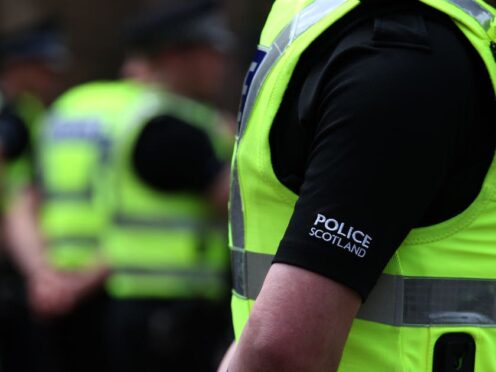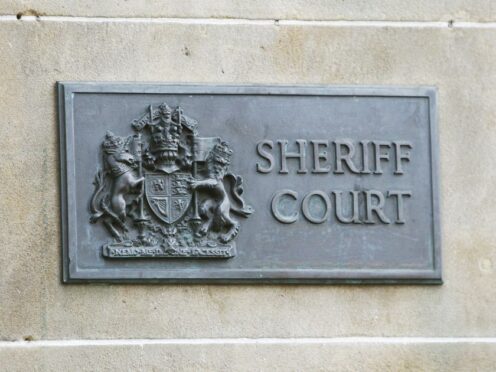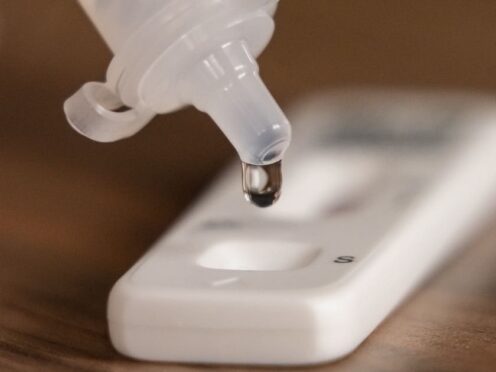Britain’s largest ever warship squeezed out of its tight dockyard yesterday to take part in sea trials.
HMS Queen Elizabeth, which weighs 65,000 ton, slipped out of the Rosyth dockyard and was pulled through just 14 inches of clearance by 11 tug boats.
After undergoing hours of checks in open water, the aircraft carrier edged along the Forth and under the three bridges.
The process of removing the Queen Elizabeth from dock was complicated.
After waiting until high tide to leave the dockyard, the carrier then had to wait for the tide to lower enough to let her pass under the Forth’s bridges at a speed of around seven knots.
Such was the tight squeeze that if a normal sized person stood at the ship’s highest point – the long-range radar – they would have been able to touch the bridges.
The radar mentioned can be bent to an angle of 60 degrees to allow it to fit under the Forth Rail Bridge.
The ship will start trials around Scotland before eventually going to its new home in Portsmouth.
It will be accompanied by a Navy warship, while shore-based helicopters look out for submarines.
It is expected that there will be a Russian spying effort as ships and planes try to get a good look at the UK’s latest line of defence.
The 920ft-long aircraft carrier, which took a total of 51 million hours to design and build, will become the Royal Navy’s flagship vessel.
Sailors and engineers have worked round the clock getting the vessel ready.
A total of 1,000 sailors and contractors will be onboard for the first six weeks of testing.
Crew have spent hours each day carrying out safety drills for fires, flooding and personnel overboard.
Pictures also showed workers sweeping the decks with brushes as their colleagues painted other sections as the final touches were put on the vessel.
More than 650 doors and hatches have been checked to ensure they are watertight and fire safe.
The ship, which has a deck the length of three football pitches, is completely state-of-the-art with a hospital, including a fully functioning operating theatre.








